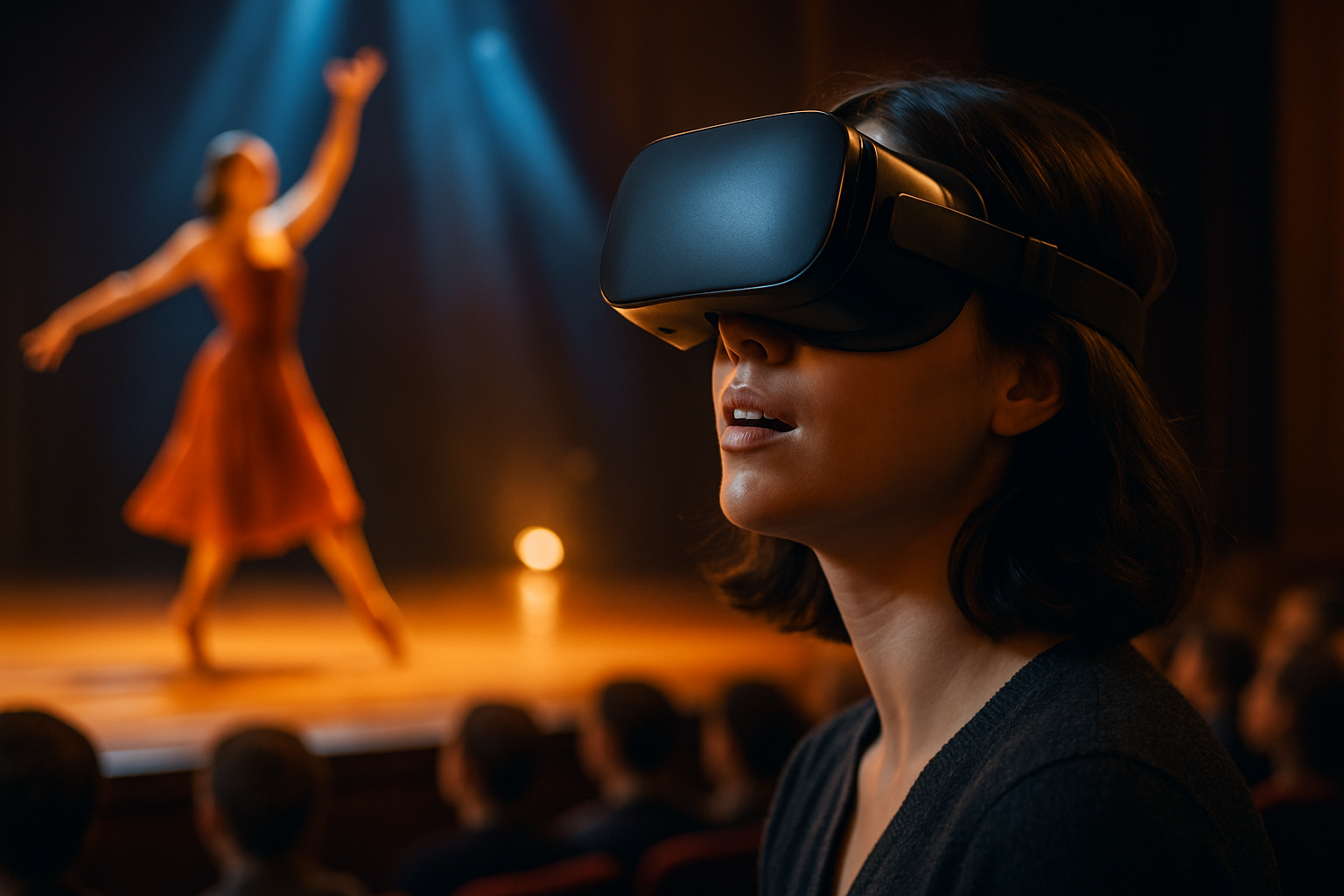Holographic Theaters: The Next Frontier of Live Performance
In an era where digital innovation continues to reshape our entertainment landscape, holographic theaters are emerging as a groundbreaking fusion of technology and live performance. This cutting-edge medium promises to revolutionize the way we experience theater, concerts, and other live events, offering unprecedented levels of immersion and interactivity. As holographic technology advances, it opens up new possibilities for artistic expression and audience engagement, challenging our traditional notions of what constitutes a live performance.

Redefining the Stage
Holographic theaters differ fundamentally from traditional venues in their ability to create fully immersive, 360-degree environments. Instead of a fixed stage, these spaces utilize a combination of transparent screens, strategically placed projectors, and advanced software to create the illusion of three-dimensional performers and sets that can appear anywhere within the theater. This flexibility allows for dynamic staging that can shift and transform in ways previously impossible in live performances.
The Technology Behind the Magic
At the heart of holographic theaters lies a complex interplay of cutting-edge technologies. High-resolution projectors, often utilizing laser light sources for enhanced brightness and color accuracy, work in tandem with specially designed holographic films or screens. These screens, made from advanced polymers, can appear transparent or opaque depending on the projected content. Motion capture and real-time rendering systems allow for live performances to be instantly translated into holographic form, while pre-recorded content can be manipulated and integrated seamlessly into live shows.
Artistic Possibilities and Challenges
For performers and creators, holographic theaters open up a world of new artistic possibilities. Dancers can interact with virtual environments that respond to their movements in real-time. Musicians can be accompanied by fantastical visual elements that enhance their compositions. Theatrical productions can incorporate impossible set pieces and effects, blurring the line between physical and digital reality. However, this new medium also presents unique challenges. Performers must adapt to interacting with virtual elements and potentially unseen co-stars, while creators grapple with balancing technological spectacle with meaningful storytelling.
The Audience Experience
From an audience perspective, holographic theaters offer an unparalleled level of immersion. Spectators find themselves surrounded by the performance, with the ability to view the action from multiple angles and even interact with certain elements of the show. This level of engagement has the potential to create more memorable and impactful experiences, drawing audiences deeper into the narrative or emotional core of a performance. However, it also raises questions about the nature of live performance and the role of physical presence in creating connection between performers and audience members.
The Future of Holographic Entertainment
As holographic theater technology continues to evolve, its potential applications extend far beyond traditional entertainment venues. Educational institutions are exploring its use for immersive learning experiences, while corporations see opportunities for enhanced teleconferencing and product demonstrations. The technology also holds promise for preserving and recreating historical performances, allowing new generations to experience legendary artists and productions with unprecedented realism.
Ethical and Cultural Implications
The rise of holographic theaters also brings with it a host of ethical and cultural considerations. The ability to recreate deceased performers or historical figures raises questions about consent and the ownership of one’s likeness. There are concerns about the potential for holographic technology to further blur the lines between reality and fiction, potentially impacting our perception of live events and human interaction. Additionally, as with any new technology, there are worries about accessibility and the potential for creating new divides between those who can and cannot afford to experience these cutting-edge performances.
Conclusion
Holographic theaters represent a fascinating convergence of art and technology, offering a glimpse into the future of live entertainment. As the medium matures, it has the potential to redefine our understanding of performance spaces, artistic expression, and audience engagement. While challenges and questions remain, the continued development of holographic theater technology promises to usher in a new era of immersive, interactive, and boundary-pushing live experiences that could fundamentally transform the entertainment landscape.




